Jim Longuski named Professor Emeritus of Aeronautics and Astronautics
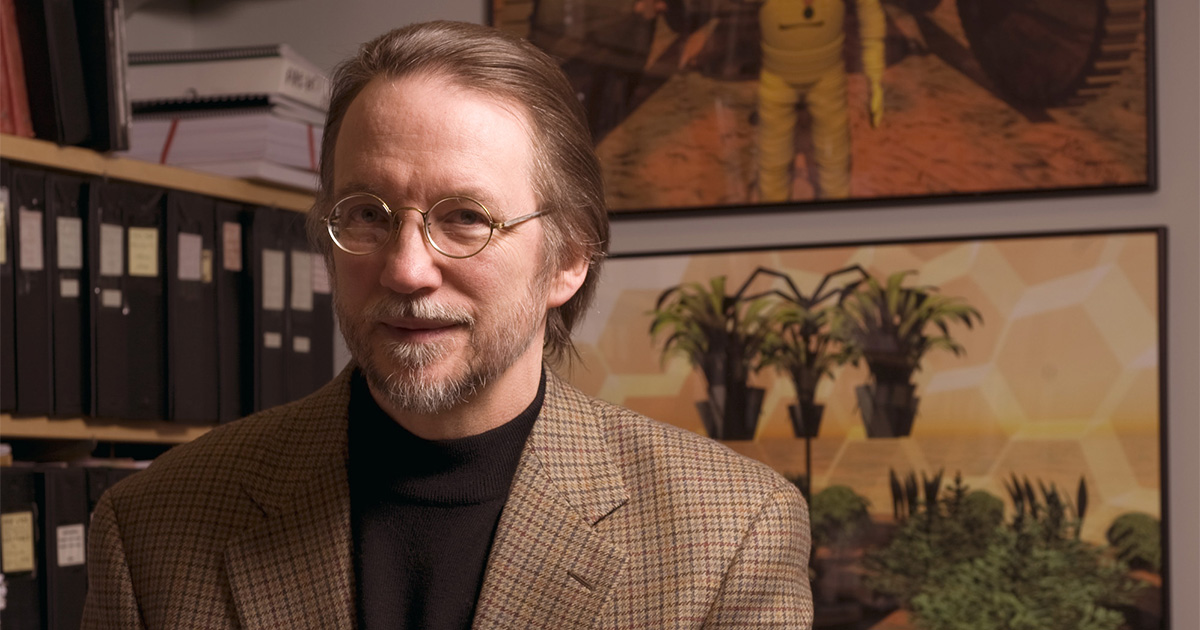
Longtime professor Jim Longuski, who quietly retired in January 2024, has been approved by Purdue University for the title of Professor Emeritus of Aeronautics and Astronautics (AAE). At Purdue, the title of Emeritus Professor is bestowed upon retiring faculty who have made significant contributions to Purdue University through teaching, research or engagement.
"Throughout the entire time I have been a faculty member in Aeronautics and Astronautics, Jim continuously made contributions through teaching courses in dynamics, astrodynamics and spacecraft design. These were alongside his research contributions in gravity-assist trajectories, aerocapture braking, and providing tests of Einstein’s theory of general relativity,” says Bill Crossley, the Uhrig & Vournas Head of Aeronautics and Astronautics. “These kinds of contributions are enduring, and the comments we've received from colleagues and students indicate the significance of Jim’s contributions.”
In his research, Longuski is credited as co-inventor of a Method of Velocity Precision Pointing in Spin-Stabilized Spacecraft or Rockets. He published more than 200 conference and journal papers, and authored or co-authored two textbooks — Optimal Control with Aerospace Applications and Introduction to Orbital Perturbations. He is an Associate Fellow of the American Institute of Aeronautics and Astronautics (AIAA). In collaboration with astronaut Dr. Buzz Aldrin, Longuski created a senior design course that analyzed Aldrin’s plans to establish a permanent human presence on Mars.

Longuski earned eight different awards for outstanding teaching throughout his career, including induction to Purdue’s Book of Great Teachers in 2008. Induction into the Book is the university’s recognition of its finest educators. He also wrote popular books drawing young people into the aerospace engineering field: Advice to Rocket Scientists (AIAA, 2004) and The Seven Secrets of How to Think Like a Rocket Scientist (Springer, 2007).
Jim Longuski earned his Ph.D. in aerospace engineering from the University of Michigan in 1979. Afterward, he worked at NASA’s Jet Propulsion Laboratory (JPL) as a maneuver analyst and as a mission designer. At JPL he contributed to trajectory and mission design for Project Galileo — the first spacecraft to orbit Jupiter, making significant discoveries about the planet and its moons.
In 1988, the year before Galileo launched on its mission, Longuski joined the faculty of the School of Aeronautics & Astronautics at Purdue, teaching courses in dynamics, aerospace optimization, and spacecraft design.
From friends and colleagues
Jim distinguished himself as a researcher, educator, and writer. I’m grateful for learning from his example and instruction in all three of these dimensions. Jim often reminded us that “if the writer doesn’t work hard, the reader will.” His thoughtful and thorough approach was evident in his teaching and published research, down to the construction of virtuous notation.
And his quick wit helped students internalize the wisdom he shared. While working through revisions on a paper with the research group, Jim quipped, “If you think notation doesn’t matter, try doing multiplication with Roman numerals!” Touché.
George E. Pollock IV (BSAAE '05, MSAAE '07, PhD AAE '10)
Principal Director, Architecture and Design Subdivision
The Aerospace Corporation
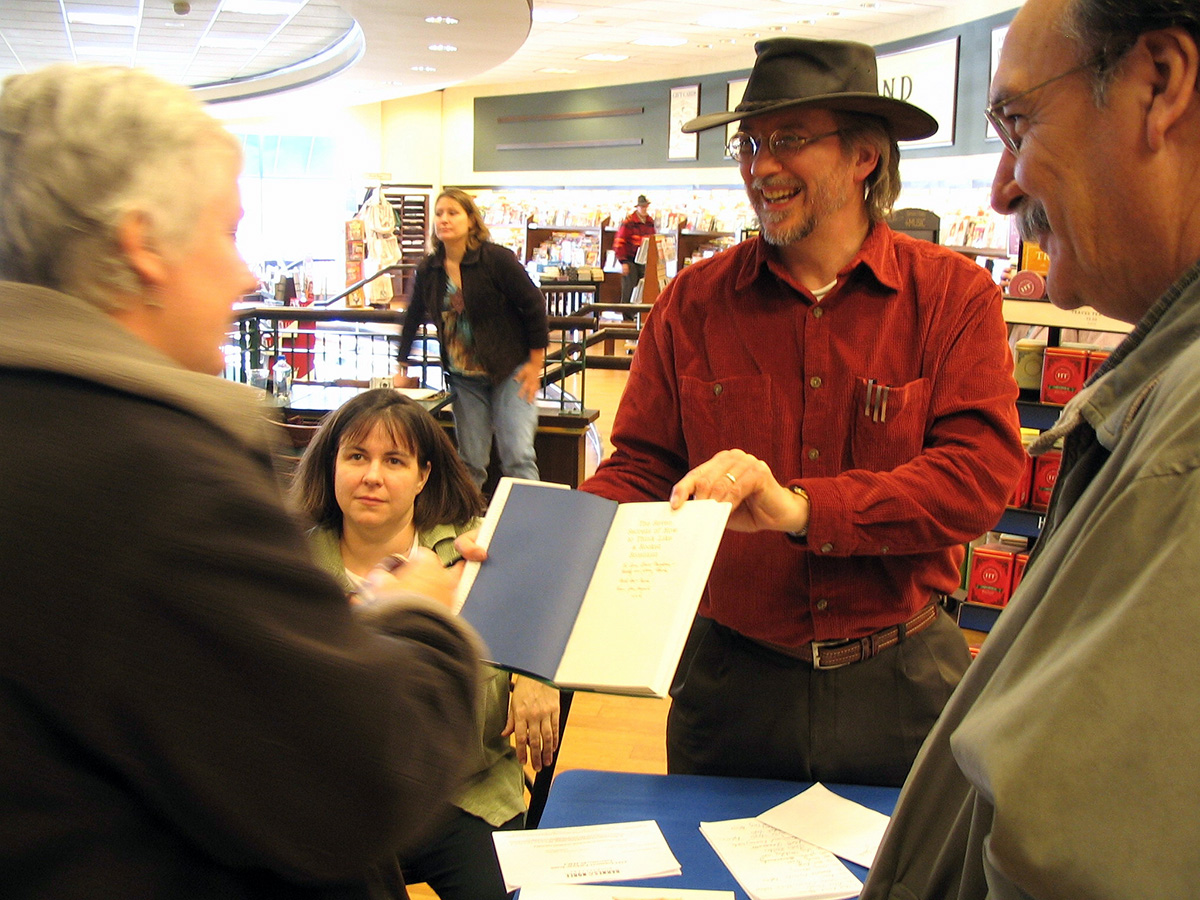
Jim is one of the finest professors I know — a world-class scholar and researcher, a dedicated educator, and a wonderful colleague.
On teaching, I loved to attend his students’ senior capstone design presentations. He nurtured students on many projects. The ones that I attended were on human mission to Mars, where he used the “Aldrin Cycler” idea, a concept that he worked with Buzz Aldrin to develop. Jim invited Buzz to work with the students, and Buzz referenced those students’ work at his Congressional hearing on mission to Mars.
To help students succeed as engineers, Jim wrote a book, Advice to Rocket Scientists, to nurture the next generation rocket scientists — a book that I read before joining Purdue and taught me how to be a better teacher. I learned even more in the sequel, “The Lazy Professor’s Guide to Teaching Rocket Scientists.” On his research, it is always deep and thoughtful. I enjoyed his 2001 paper with Ephraim Fischbach and Dan Scheeres on “Deflection of Spacecraft Trajectories as a New Test of General Relativity” Physical Review Letters, which proposes a practical test of the General Theory of Relativity, the sixth with the first three proposed by Einstein.
As a colleague, I appreciated Jim’s kindness, humility, thoughtful advice, and support.
Tom Shih
Professor and former head of Aeronautics and Astronautics
Purdue University
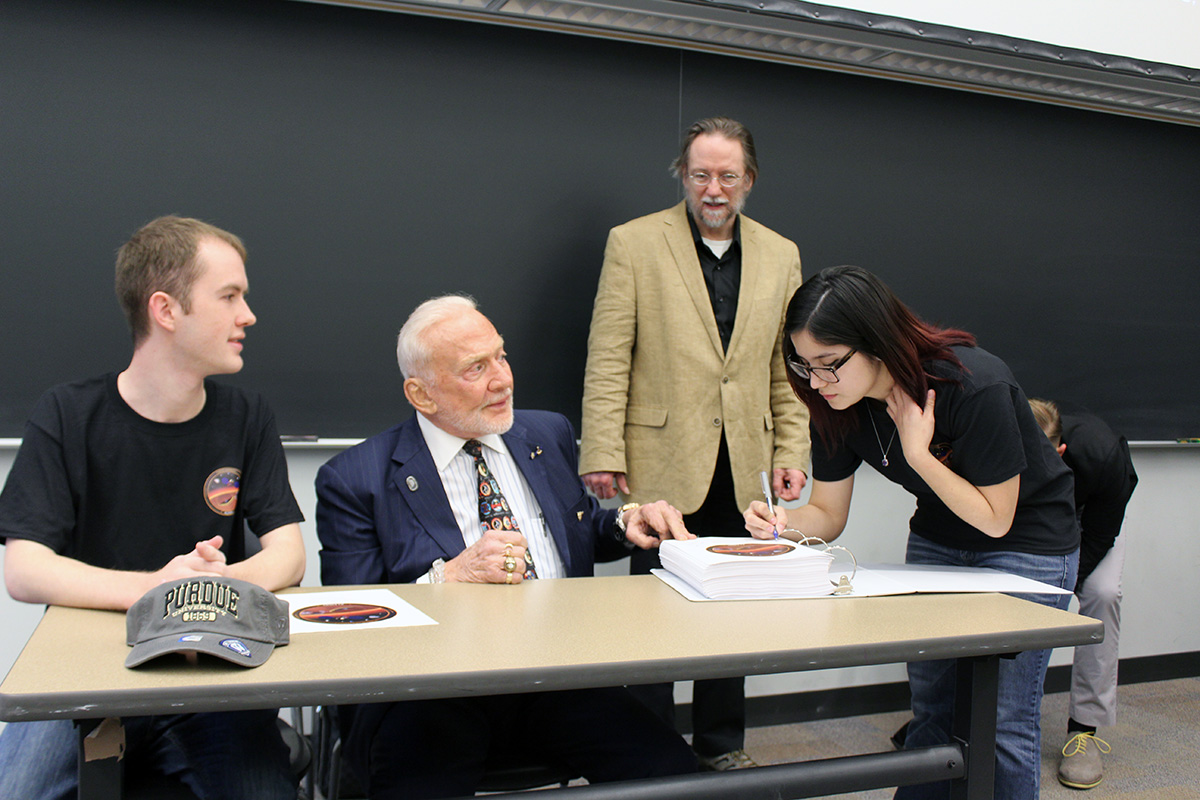
-Stephen Whitnah
Professor Longuski created some unique opportunities through his senior design courses for students to tackle huge projects. He found ways to use his connections with NASA and Dr. 'Buzz' Aldrin to give us real challenges, then gave us the freedom as students to decide the right path forward for ourselves.
It still seems a bit crazy to me years later — a team of 51 students designed an entire Mars colonization architecture in a single semester. By the end of the semester, we were presenting our results directly to an interested NASA Associate Administrator. That teamwork and emphasis on giving opportunities to work on real concepts is exactly why I chose Purdue's AAE program.
Beyond technical, the lessons I learned from him about leadership and ethics prepared me for facing tough situations and becoming a manager. Professor Longuski has left a lasting legacy with all the students he taught and mentored. I seem to run into one of his students every day at Lockheed Martin.
Stephen Whitnah (BSAAE '15, MSAAE '16)
Propulsion Manager
Lockheed Martin
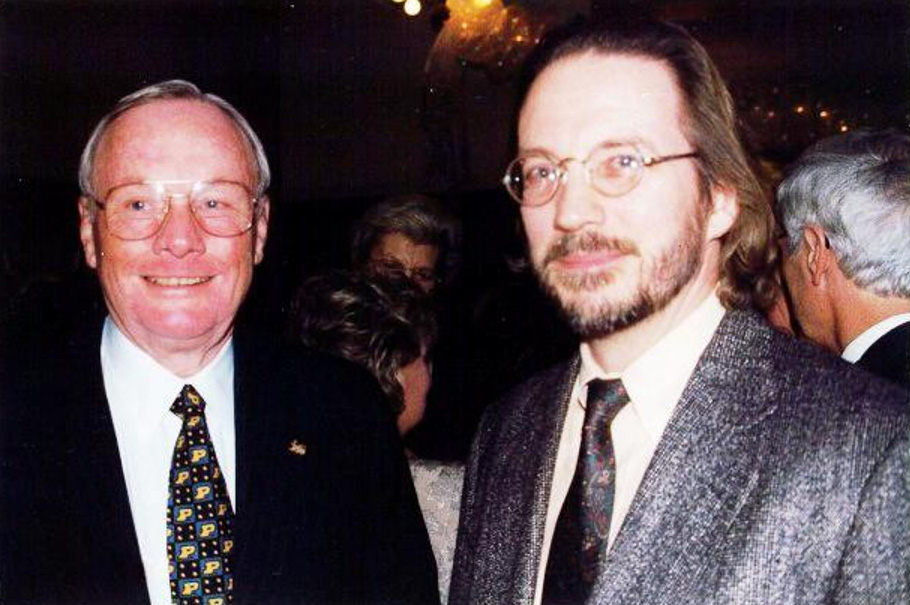
Professor James M. Longuski’s tireless investment in my higher education paid substantial dividends throughout my working career. He skillfully demonstrated how to tackle challenging engineering problems from first principles by making appropriate assumptions, allowing us to address tractable solutions for highly complex dynamical behavior.
He taught me the concept and skill of critical thinking and provided me with ample exposure to technical writing and editing, invaluable skills that I used throughout my very challenging and rewarding career at The Aerospace Corporation.
Professor Longuski’s influence and impact on my life certainly equipped me for success. For that I am truly grateful.
Anne Gick (BSAAE '91, MSAAE '94, PhD AAE '99)
The Aerospace Corporation
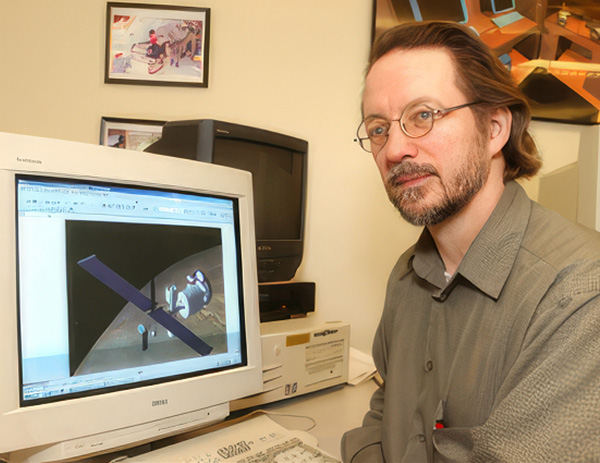
As a kid growing up on the streets of Brooklyn, I could never have imagined that one day I would co-author a paper (with Jim) that would be published in the Journal of Spacecraft and Rockets. But, thanks to Jim, I was able to make this happen!
Congratulations to Jim for a brilliant career, and especially for expanding the reach of my imagination to the study of spacecraft and rockets. This has become a central part of my current research in the field of gravity, and for that I am deeply grateful.”
Ephraim Fischbach
Department of Physics and Astronomy
Purdue University
Awards Earned
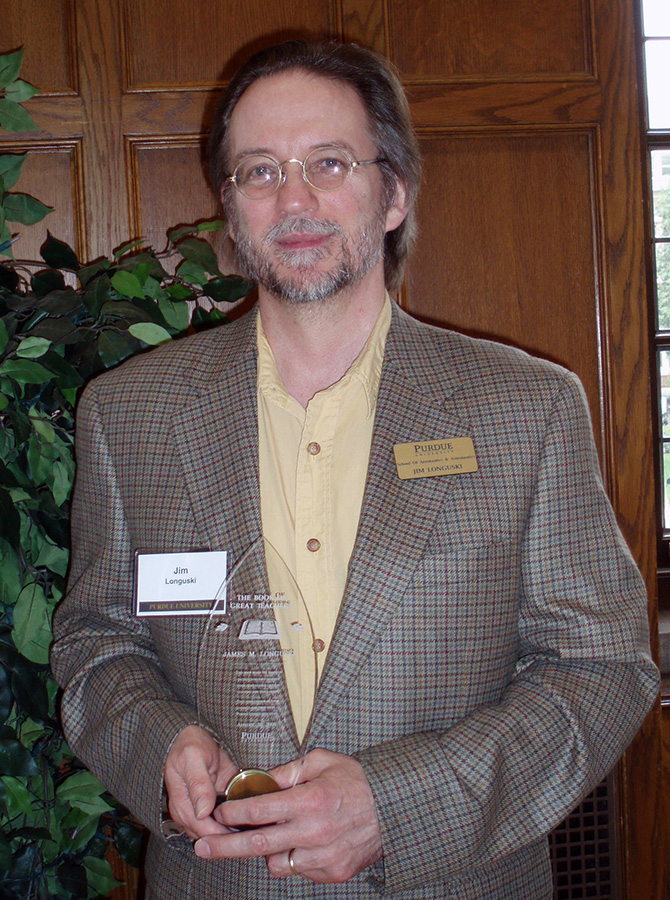
- NOVA (Notable Organizational Value-Added) Award from Jet Propulsion Laboratory, 1999
- NASA Space Act Award, presented for creative development of a technical innovation that has been approved for publication as a NASA Tech Brief entitled, "Simple Autonomous Timing Update During Aerobraking," 2003.
- Elmer F. Bruhn Award for Outstanding Teaching, 2004.
- W.A. Gustafson Award for Outstanding Teaching, 2005.
- Dean A.A. Potter Undergraduate Teaching Award, 2005.
- Inducted into Purdue's Book of Great Teachers, August 28, 2008.
- Elmer F. Bruhn Award for Outstanding Teaching, 2008.
- Dean A.A. Potter Undergraduate Teaching Award, 2009.
- W.A. Gustafson Award for Outstanding Teaching, 2010.
- Who's Who Among America's Teachers, 2002.
- Purdue Engineering Professional Education Distance Teaching Award, 2014.
